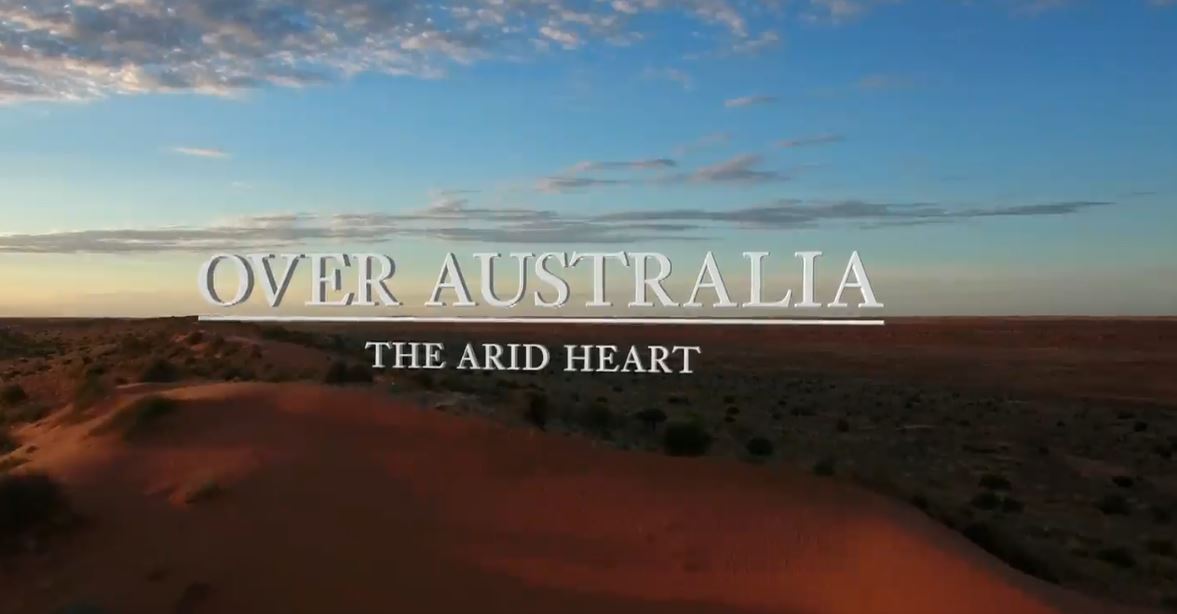
streaming video
|
The Arid Heart: Over Australia Series.
Copies
0 Total copies, 0 Copies are in,
0 Copies are out.
Digital Link
Subjects
Language
English
Series







